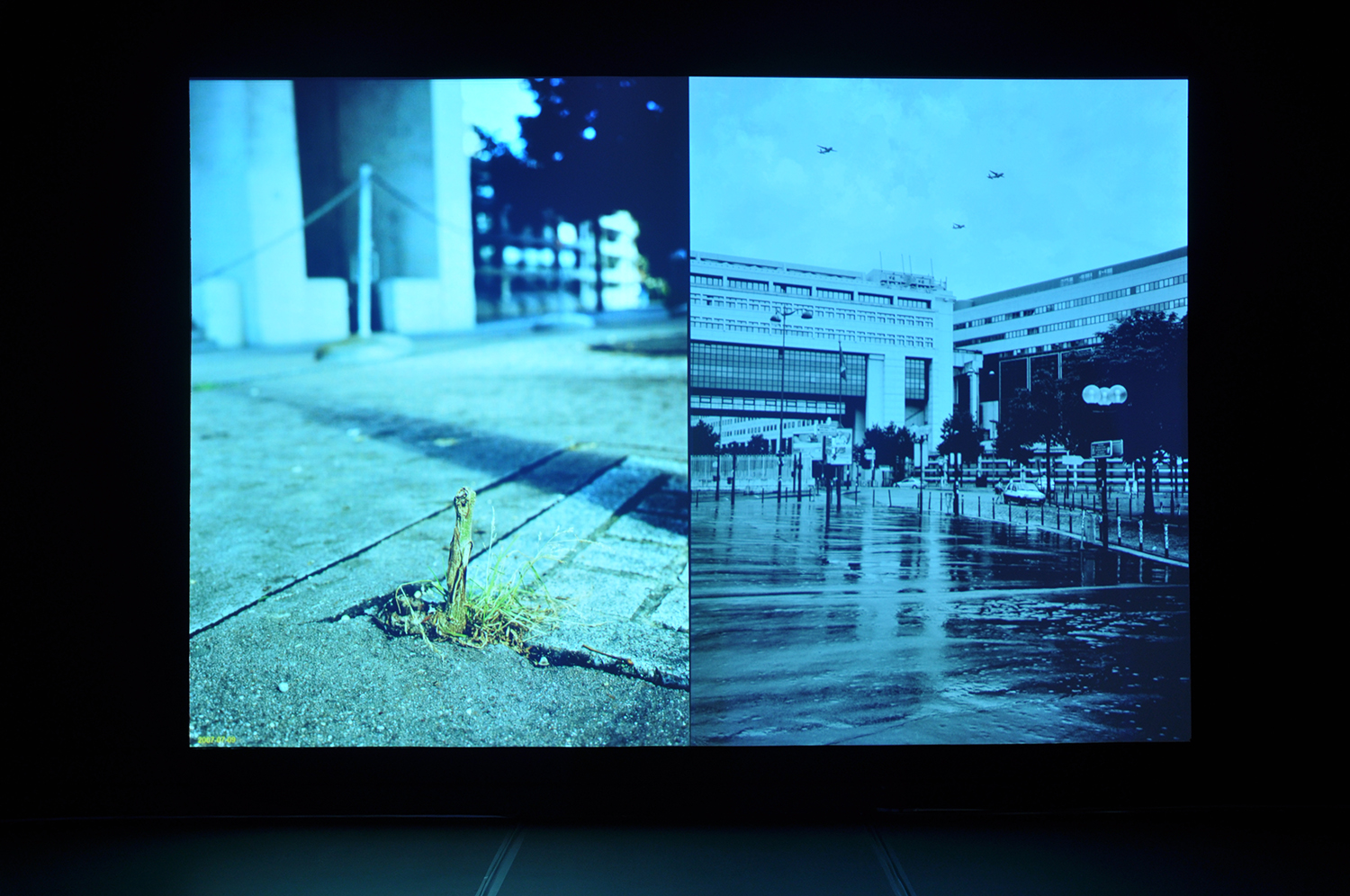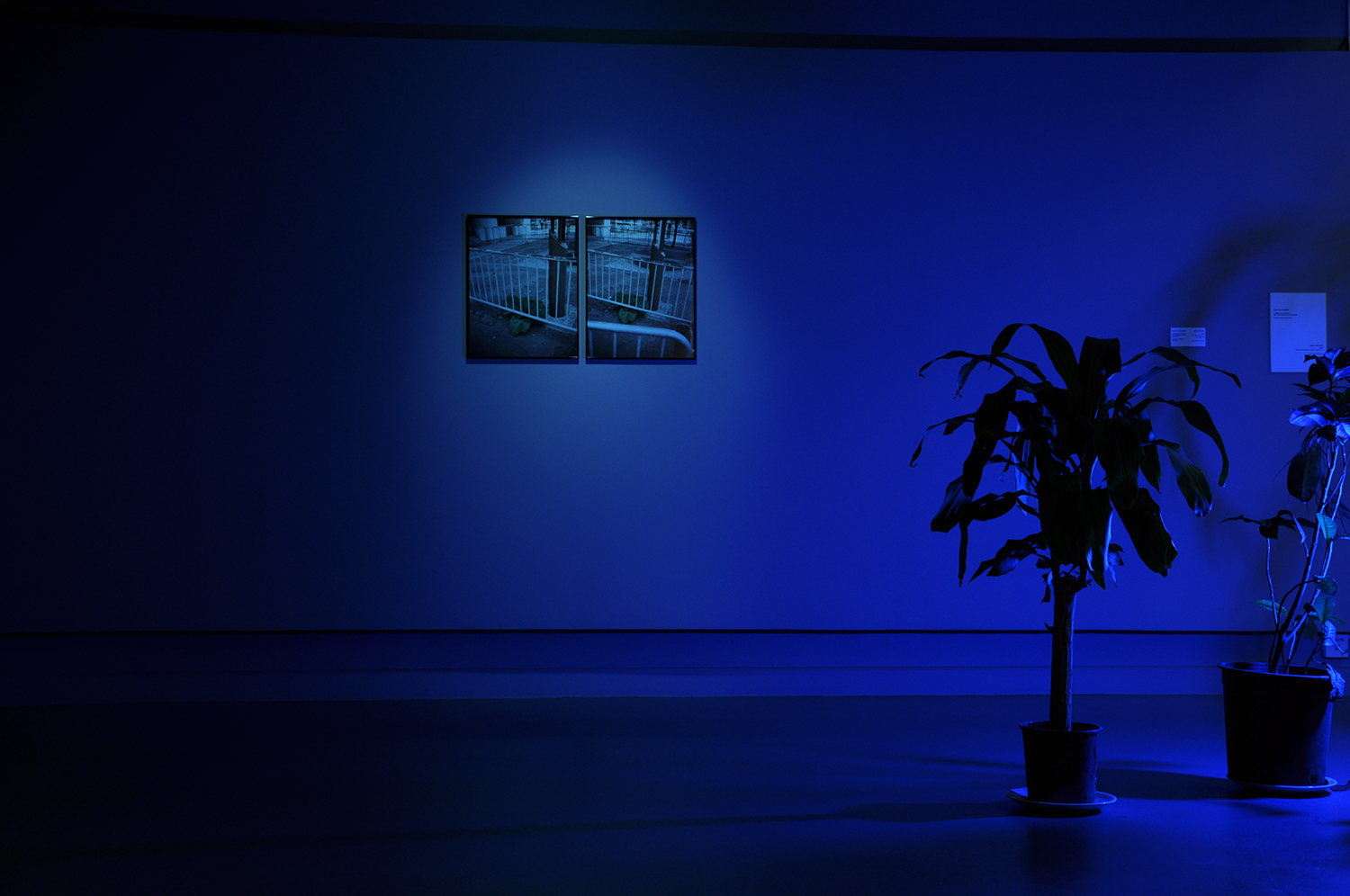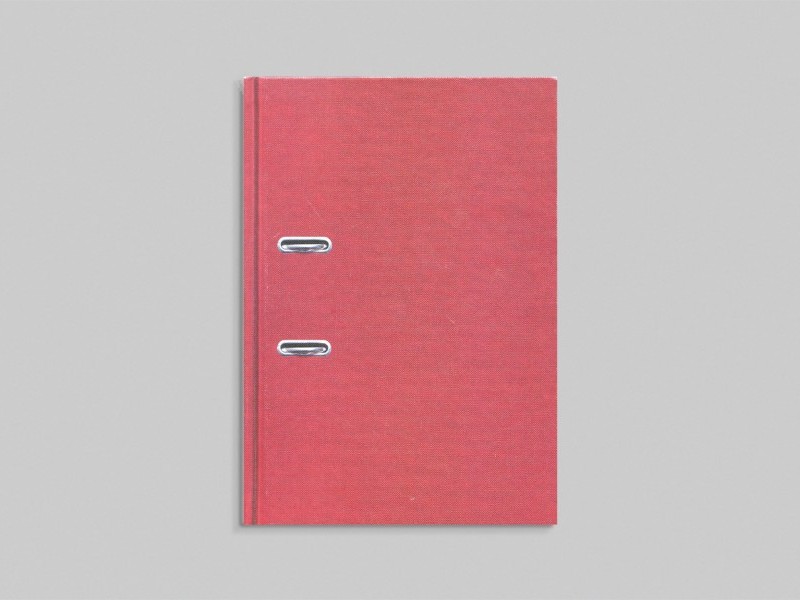
La Vigie (work in progress), 2010
Jean-Luc Moulène
La Vigie (work in progress), 2010
Diaporama, plants, photo prints
Dimensions variable
Detail view
Image courtesy of the Artist
search


Jean-Luc Moulène
La Vigie (work in progress), 2010
Diaporama, plants, photo prints
Dimensions variable
Detail view
Image courtesy of the Artist
In 2004, Jean-Luc Moulène notices a stalk of Paulownia growing through a crack in the asphalt in Paris, next to the Ministry of Economy, Finance and Industry building, which spans nos 121 to 135 rue de Bercy. This wild plant is enclosed by a security fence on both sides of the pavement. The experience begins on 26 November 2004 and ends in December 2010. The Vigil: Paulownia tomentosa Paulownia tomentosa, commonly known as Imperial Paulownia, is an exotic species that grows spontaneously in urban settings, in cracks in the asphalt and on waste ground. It is called ‘Paulownia’ after Anna Paulownia, daughter of Tsar Paul I, while ‘tomentosa’ refers to the tomentous or silky underbelly of its large leaves. It reproduces in proximity to another planted specimen; it’s an ‘escapee’. Native to northern China and Korea, it was introduced in France in 1834 to serve as an ornamental tree in palaces, avenues, gardens and streets. It can reach 10 to 12 metres in height, blooms in May, and its flowers resemble those of the foxglove. Its resistance to pollution, to pruning and to the cold (it can survive temperatures up to –23° Celsius), as well as its rapid growth rate and the beauty of its inflorescences, all contribute to making the Paulownia a radiant city-dweller.
Since the mid-nineteenth century, the Chinese have used the seeds of the Paulownia for the protection of delicate porcelain objects destined for export across the Pacific Ocean, thus facilitating its more extensive distribution. In the United States it is considered an ‘invasive’ species.
Its fruits grow from August to September as capsules containing between 100 to thousands of winged seeds that are disseminated by the wind, able to cover a distance of up to a kilometre. The Paulownia has a well-developed root system that spans a radius of 30 metres around the mother plant and can thus rapidly expand vegetatively. The Imperial Paulownia can also propagate through stem fragments or through its roots by forming suckers, making it quite a difficult species to eradicate.
The Vigipirate is a French national security alert system intended to anticipate threats or react to terrorist acts. Created in 1978 during the term of President Valéry Giscard d’Estaing, when Europe had witnessed a series of attacks, the plan is updated regularly: in September 1995 after a car bomb exploded in front of a Jewish school in Villeurbanne; in December 1996 after the attack on an RER train in Paris’s Port Royal station; and most recently in September 2001, as a result of the 9/11 attacks in New York.
The Vigipirate is activiated by the Prime Minister who determines the level of national alert applicable. There are four levels of alert: on yellow, security levels are raised; orange, terrorist action is anticipated; red, measures are taken against serious attacks; and scarlet, measures are taken against major attacks.
Since the London attacks on 7 July, 2005, we have graduated to level red. Level red still remains in effect, but since August 2010, it has been referred to as the 'enforced red Vigipirate plan'.
The Vigipirate is a component of national defence. Its story shows how some measures, although viewed as exceptional, tend to become ‘banal’ once they are applied to our everyday landscape: transparent rubbish bins, armed military personnel on the streets, tighter identity checks, etc…
From the mere citizen to armed military personnel, everyone lives under the principle of shared responsibility for security.
Excerpted from Plot for a Biennial, catalogue for the 10th Sharjah Biennial
2010
This project was part of Sharjah Biennial 10
Jean-Luc Moulène
2010
Diaporama, plants, photo prints
Dimensions variable
Detail view
Image courtesy of the Artist


Jean-Luc Moulène uses photography as a tool for studying natural and cultural phenomena as they have been redefined by the development of industry, media and commerce.

Accompanying and complementing the main premise of Sharjah Biennial 10, Plot for a Biennial explores the concept of a ‘conversation’ through printed matter.